2014 SMART Ottawa
February 27, 2014
SMART Remediation talks have focused on innovative technologies for remediating contaminated sites, approaches for site characterization, project case studies, regulatory and industry perspectives, and other related topics.

The 12th SMART Remediation conference was held in Ottawa on Thursday, February 27th, 2014. Details on the speakers and presentations are provided below.
Speakers
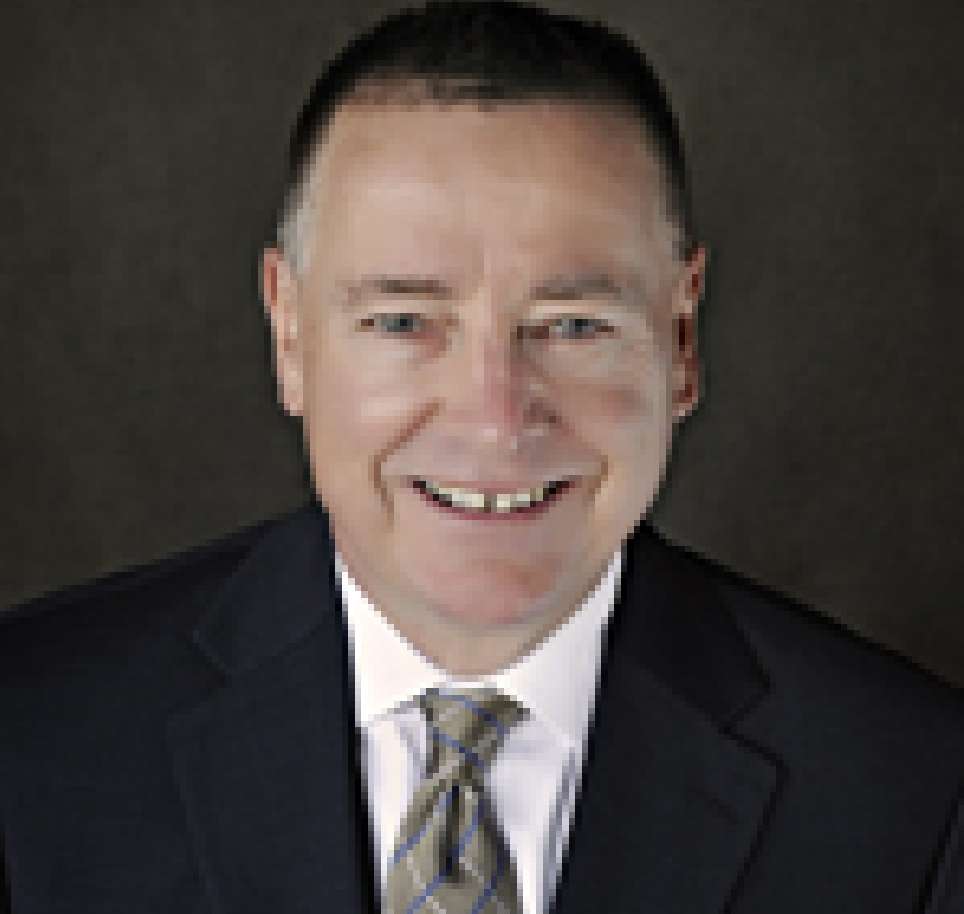
Michael Hebert,
Mann Lawyers, LLP
Michael Hebert
Michael Hebert is one of the leading Environmental Law lawyers in Canada. His visionary work as the Plaintiff’s counsel in Tridan v. Shell, 2002 Carswell, Ont 1, 154 O.A.C. 1, 57 O.R. (3d) 503, a benchmark decision of the Ontario Court of Appeal radically changed the face of environmental law and the assistance it afforded to victims of environmental damage. This case established three leading principles which govern compensation and are today followed by Courts throughout Ontario and the rest of Canada. Michael’s work following that decision has continued to demonstrate a careful and innovative approach to environmental claims. He also provides ongoing consulting to all interested parties dealing with contaminated land, as well as consulting and advocacy in relation to regulatory and compliance matters under applicable environmental legislation. Michael has been appointed to the Executive of the National Environmental, Energy and Resources Law Section of the Canadian Bar Association. He also assists the Environmental Law Section of the Ontario Bar Association. Michael was born in Ottawa and obtained a B.A. Cum Laude in Economics from Carleton University. He also graduated Cum Laude from the University of Ottawa Law School in 1977. He was called to the Bar of Ontario in 1979 and joined the Beament firm in 1985. In addition to his environmental practice, Michael maintains a broad base of commercial litigation including corporate, construction, contractual, real estate and financial matters. He continues to advise public and private organizations in risk management relating to ongoing liabilities arising out of large and complex commercial and environmental matters. Michael is a member of the Advocates’ Society and has been an instructor at the Bar Admission Course. He has delivered many papers to professional associations within his areas of expertise.
Navigating Through the Brownfield’s Remediation Process - Legal Issues
Taking a piece of property through the remediation process involves dozens of legal issues involving an assessment of the current regulatory framework, applicability of applicable regulations, MOE approach, banking appetite, RSC’s and structuring the deal. We will attempt to deal with some of the most important issues that you will encounter in this complicated but profitable area.
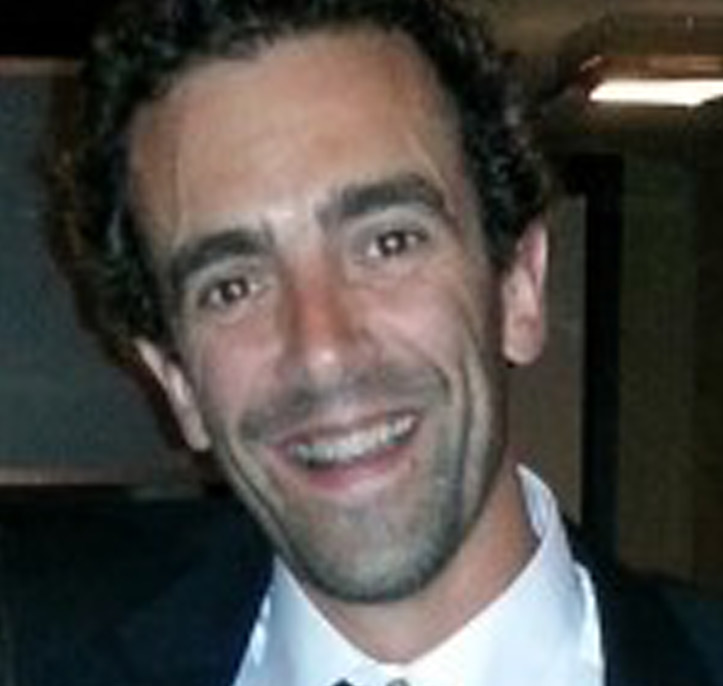
Jeff Burke,
Milestone
Case Study: Arsenic Groundwater Remediation Using a Zero Valent Iron (ZVI) Permeable Reactive Barrier (PRB) and ZVI Injection
- Bio |
- Abstract
- | Presentation
Jeff Burke
Trained as a civil engineer, Jeff holds a Bachelor’s Degree from Dalhousie University and has been managing and coordinating complex, remote, northern environmental projects for over 6 years and has over 10 years of experience in the civil/environmental construction industry. He has successfully managed environmental remediation projects across Canada with combined values of over $50M and scopes including, but not limited to, landfill construction, PHC/PCB contaminated soils excavation, water treatment, PRB wall installation, remote mobilizations, demolition, hazardous material abatement, transport, and disposal.
Case Study: Arsenic Groundwater Remediation Using a Zero Valent Iron (ZVI) Permeable Reactive Barrier (PRB) and ZVI Injection
The presentation will cover a number of facets relating to the remediation of arsenic contaminated groundwater at a property located adjacent to the Cataraqui River in Kingston, Ontario. The site was the location of historic tanning operations and is the current location of the Kingston Rowing/Canoe Club and Emma Martin Park. Initially, the cleanup approach was developed to utilize traditional excavation, transport, and disposal remedial methodology for the leachate toxic arsenic contaminated soils. Addressing the remediation of the arsenic contaminated groundwater was contemplated using excavation of the source soils and physical hydraulic containment for the groundwater. However, the project team implemented innovative, value-based engineering principles combined with bench scale feasibility testing to provide a more thorough, cost-effective and environmentally sustainable solution for the remediation program. The main concern for the City of Kingston was the continual migration of arsenic contaminated groundwater from the site into the river. The excavation program that was originally proposed would have required groundwater monitoring and extraction from the containment zone into perpetuity. Through the design and installation of a two-stage PRB, both a traditionally constructed “funnel and gate” wall and an injected PRB zone adjacent to the river, all project goals were achieved while resulting in significant schedule and cost savings to the City. The presentation will also discuss relevant pre-engineering, hydrogeological design, site soil and groundwater chemical characteristics, underlying ZVI reaction chemistry, and constructability considerations as well as the post-remediation groundwater monitoring results.
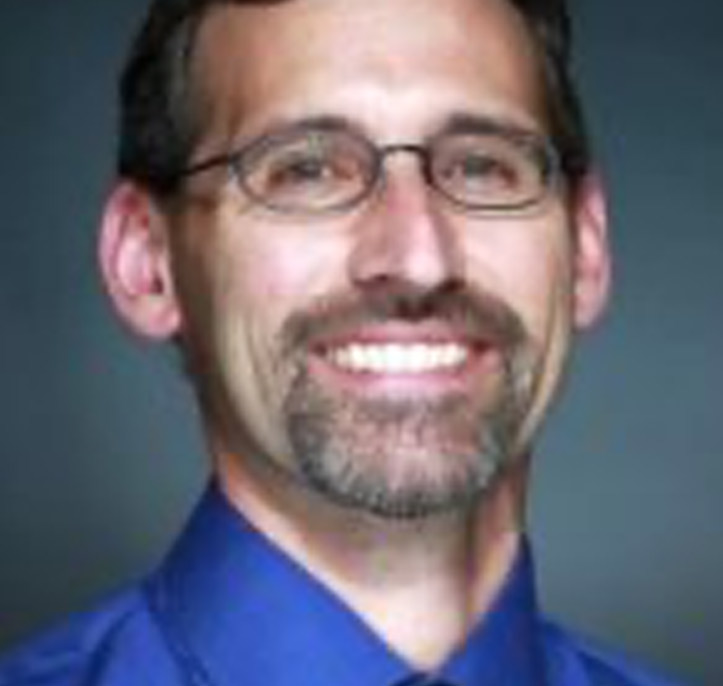
Bruce Tunnicliffe,
Vertex Environmental Inc.
Combining Remedial Approaches to Enhance PHC Remediation – Three Case Studies and Lessons Learned
- Bio |
- Abstract
- | Presentation
Bruce Tunnicliffe
Mr. Tunnicliffe is President of Vertex Environmental Inc., and is an Environmental Engineer with years of experience designing and implementing remediation of chlorinated solvents and petroleum hydrocarbons. Having worked on many hundreds of in-situ projects, Mr. Tunnicliffe has extensive experience on innovated assessment tools and in-situ remediation techniques. Mr. Tunnicliffe holds a Master’s degree from the University of Waterloo, has authored many publications, and has presented at numerous conferences.
Combining Remedial Approaches to Enhance PHC Remediation – Three Case Studies and Lessons Learned
Use of In-Situ Chemical Oxidation (ISCO) for subsurface remediation of petroleum hydrocarbons (PHCs) in soil and groundwater is commonly used across North America. ISCO techniques are becoming increasingly recognized and recommended by environmental firms, however, the application of ISCO can be problematic at some sites, in part due to a lack of understanding of how ISCO is incorporated into the larger remedial plan. The purpose of this talk is to present various ISCO techniques available to the North American marketplace, and to explore how these techniques can be applied at sites to maximize the effectiveness of remediation. Three PHC case studies will be presented showcasing application of oxidants to the subsurface using a variety of delivery methods and delivery timeframes. The remedial approach for each site will be presented showing the expectations of each remedial technology, and how ISCO was used to reduce the PHC concentrations to meet remedial goals. Detailed data on each site will be presented including starting PHC concentrations, soil type, remedial goal and timeframe, and ultimately the analytical results at each stage of the remediation project will be presented to show the effect of using (and not using) ISCO. The talk will conclude with general recommendations on how to effectively apply ISCO technologies as part of an overall remedial plan.
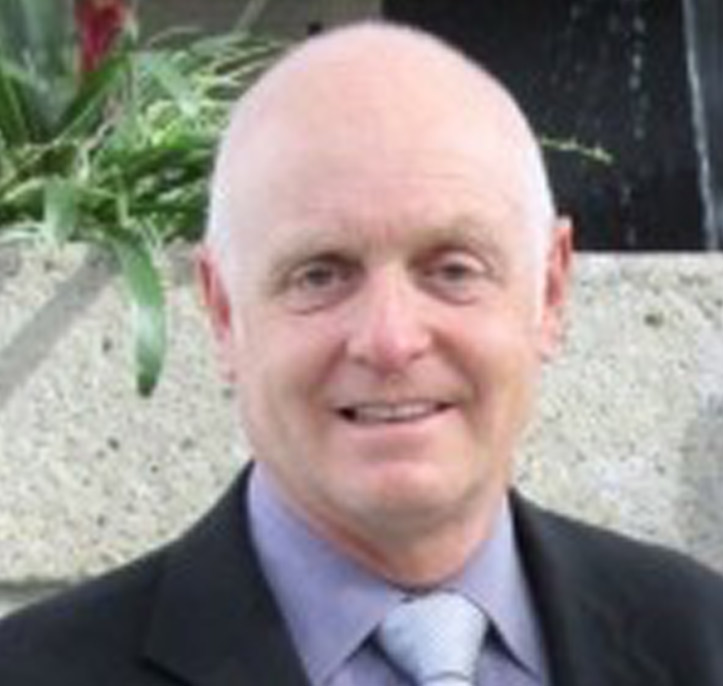
Garry Ogletree,
Nelson Environmental Remediation
How To Successfully Utilize Low Temperature Thermal Desorption for the Remediation of Hydrocarbon Contaminated Soil
- Bio |
- Abstract
- | Presentation
Garry Ogletree
Garry has worked in the environmental business for over thirty years, and has held a variety of roles ranging from analytical laboratory, water-treatment, and soil remediation, in positions ranging from analyst, laboratory supervision, quality control, customer service, account management, consultant and business development. He has a strong technical knowledge, an in-depth knowledge of the environmental business and its people, along with strong trouble-shooting skills.
How To Successfully Utilize Low Temperature Thermal Desorption for the Remediation of Hydrocarbon Contaminated Soil
Nelson Environmental Remediation (NER) has been offering Low Temperature Mobile Thermal Desorption soil remediation services for over 20 years. The most commonly used method to treat hydrocarbon impacted soil is disposal at a landfill site. However, this method, does not remediate the soil, it merely re-locates the problem while the owner maintains the liability. Landfilling is simply not sustainable in the long term. Low Temperature Thermal Desorption (LTTD) is an innovative process of remediating hydrocarbon contaminated soils, sediments and sludge in a sustainable manner which preserves the remediated soil for re-use and eliminates the owners liability at the site. LTTD is an Ex-Situ means of physically separating volatile and semi volatile organic contaminants from the soils through application of heat, incorporating sound environmental practices. Hydrocarbon impacted soils are placed in a rotary drum desorber, and heated to volatilize the hydrocarbons. The process gases are sent through a bag house to remove particulate and the contaminants of concern are transferred to a thermal oxidizer and destroyed converting them into carbon dioxide and water. The clean recycled soil can be utilized to backfill the excavation at the site. Nelson will discuss the performance factors with the consultant(s) which must be considered to successfully utilize Low Temperature Thermal Desorption. These factors include but are not limited to the following: logistical planning, site requirement issues, equipment operating factors, the physical properties of the soil, contaminant characteristics and concentrations, volume of contaminated soil and available fuel sources. All factors that can affect the treatment process must be evaluated. Operational issues; like frost and frozen ground conditions, plant operations, treated stockpile confirmation sampling and reinstatement/backfilling will be discussed to help understand the real issues that occur after the selection of the technology. A Remedial Action Work Plan must be developed with the Owner/Generator prior to thermal treatment activities.
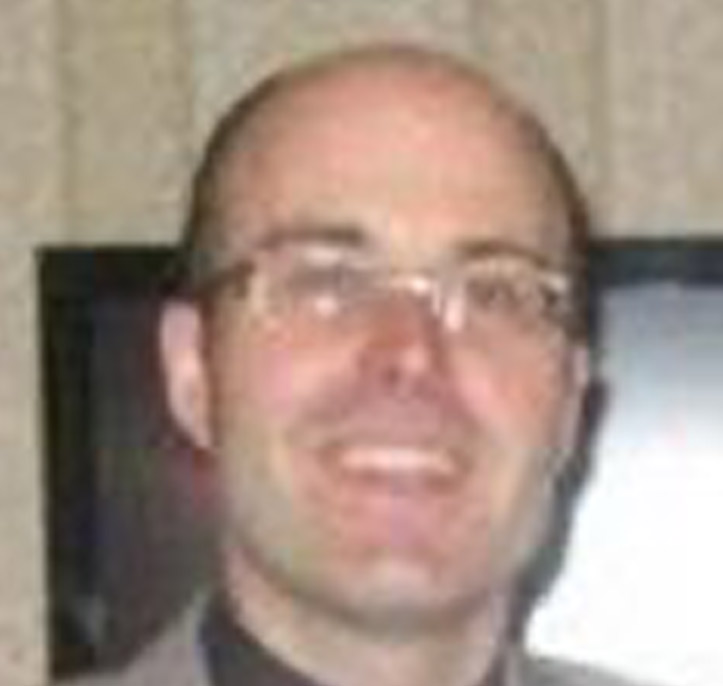
Scott Barker,
TOTERRA Remediation
Applying Remedial Process Optimization and Advanced Techniques to Achieve Sustainable Remediation in a Cost-Constrained World
- Bio |
- | Presentation
Scott Barker
Applying Remedial Process Optimization and Advanced Techniques to Achieve Sustainable Remediation in a Cost-Constrained World
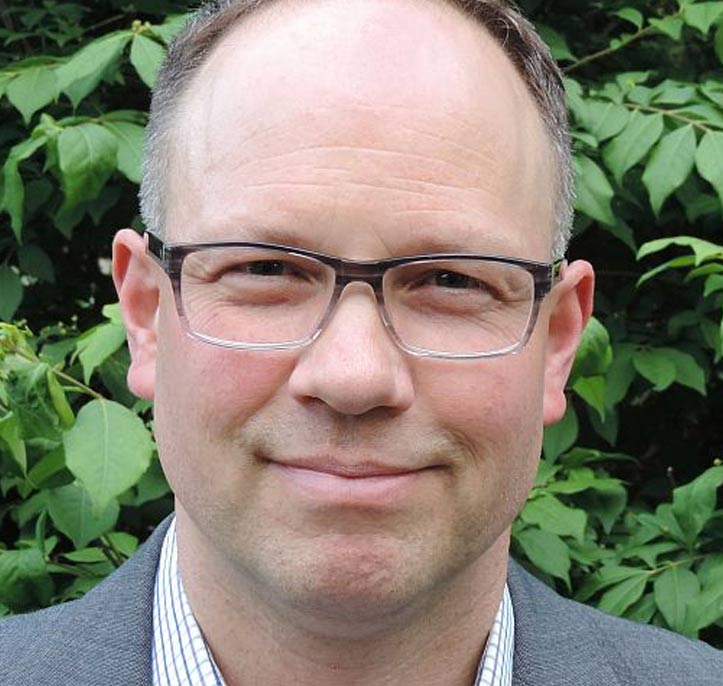
Phil Dennis,
SiREM
Optimizing In-Situ Bioremediation of Chlorinated Ethenes in Ontario’s Groundwater
- Bio |
- Abstract
- | Presentation
Phil Dennis
Phil Dennis has over 25 years of experience working in the fields of molecular biology, microbiology and environmental remediation with a focus on microorganisms that help to clean up our groundwater. Phil holds a Masters of Applied Science in Civil Engineering from the University of Toronto and an Honors B.Sc. in Molecular Biology and Genetics from the University of Guelph. Phil is a founding member of SiREM, an industry leader in bioaugmentation and remediation testing, where as a Senior Manager he focuses on research and development, and management of molecular genetic testing services.
Optimizing In-Situ Bioremediation of Chlorinated Ethenes in Ontario’s Groundwater
Cleanup of perchloroethene (PCE) and trichloroethene (TCE) in groundwater through enhanced in situ bioremediation (EISB) includes the addition of electron donors (biostimulation) and the addition of beneficial dechlorinating microorganisms (bioaugmentation). EISB is a proven and cost effective remedial approach which is now being widely implemented at Canadian chlorinated solvent sites due to: The availability of bioaugmentation cultures and related testing; Federal and provincial regulatory approvals for bioaugmentation culture; Demonstrated success of bioremediation at Canadian sites; and Novel approaches for amendment distribution in low permeability matrices. A Canadian bioaugmentation culture (KB-1®) containing Dehalococcoides (Dhc) can be used to enhance bioremediation at sites where these dechlorinating microorganisms are absent or poorly distributed. In addition, locally available remediation treatability studies and groundwater testing for Dhc, allows better selection of remediation amendments and strategies to confirm success after implementation. The KB-1® culture has been available for use in Canada since 2008 upon receiving regulatory approvals obtained through Environment Canada’s New Substances Notification program. The Ontario Ministry of the Environment (MOE) also granted approval for KB-1® through a Mobile Certificate of Approval, which is applicable to most sites in Ontario. As a result, KB-1® is being applied at a growing number of locations in Ontario, including sites in the Greater Toronto Area and Ottawa regions. A case study highlighting an Ontario site will be presented to illustrate how successful enhanced bioremediation was implemented. Geologies where EISB is being implemented include fractured rock as well as low permeability clay and glacial till. Low permeability strata are common in some of the most highly industrialized areas in Canada, notably in Southern Ontario and Quebec. Originally conceived as an oil and gas extraction technology, hydraulic fracturing can be used to improve distribution of bioremediation amendments, thereby improving bioremediation outcomes. Electrokinetic (EK) bioremediation is a novel approach that uses an electrical current to move amendments in the subsurface. Examples of successful implementation of hydraulic fracturing and EK- enhanced bioremediation to improve amendment distribution in clay strata will be discussed.